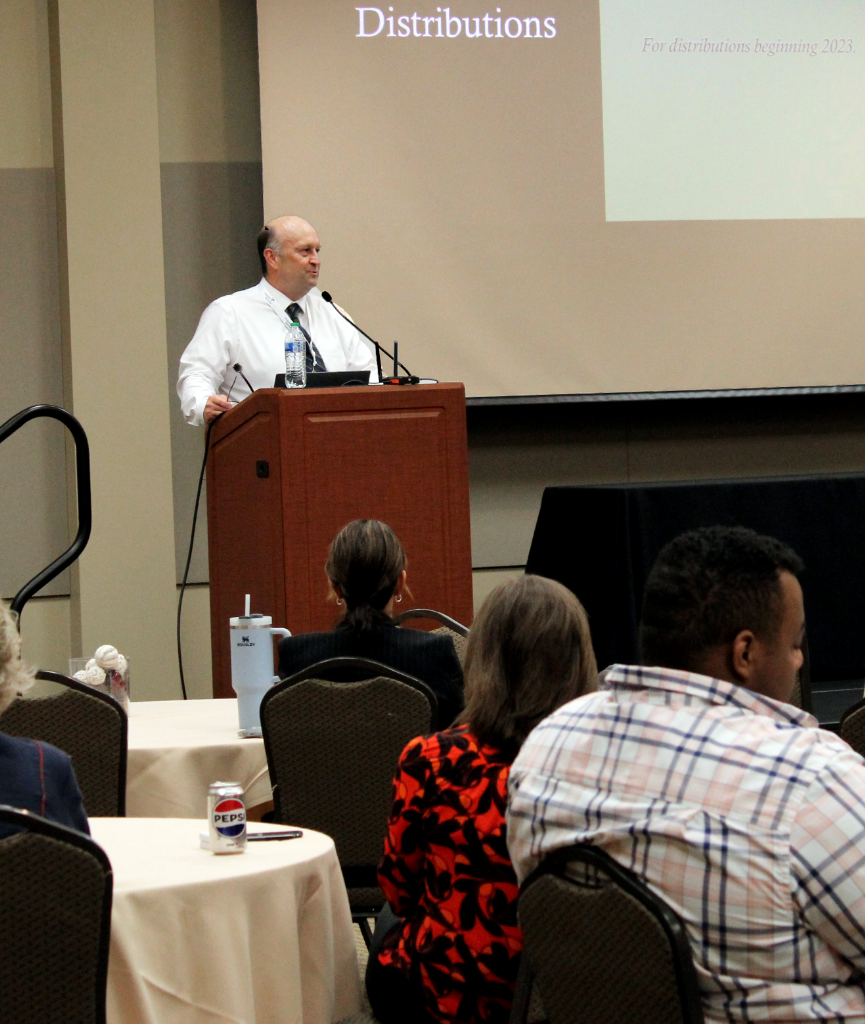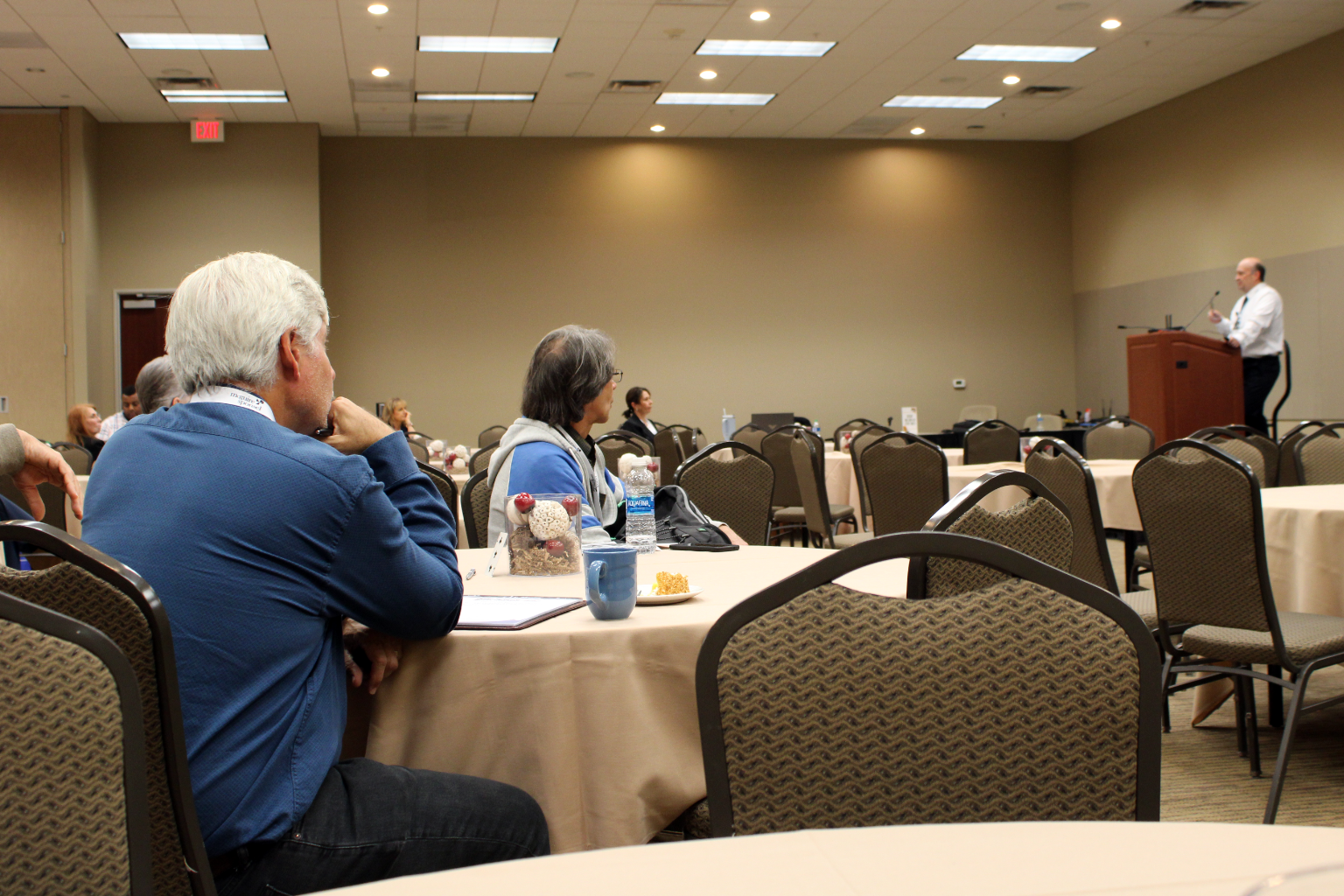SECURE 2.0 and the Impact it Has on Retirement Plans
November 27, 2023

byHenry DeSpain
The lack of retirement savings or preparedness among those living in the United States continues to be of concern with many Washington lawmakers. Several studies predict that most Americans will face a retirement income gap and could outlive their savings by an average of eight to 20 years.
SECURE 2.0 is part of a bigger legislative act called the Consolidated Appropriations Act. Section T of the Act is known as SECURE 2.0 and is effective December 29, 2022. However, one must be cautious, as parts of the act are effective for later dates, while other provisions of the act are optional for an employer to include in a retirement plan. The purpose of SECURE 2.0 was to encourage employers to offer retirement plan benefits and encourage more employees to participate in saving for their future. It should also be noted that the legislation is somewhat of a continuation of the SECURE Act of 2019.
Required Minimum Distributions
This Act implements many changes, and the majority impacts defined contribution and 401(k) plans (in addition to SEP, IRA and 403b plans). However, there are a few items specifically affecting defined benefit plans.
Arguably, one of the most popular changes affecting all retirement plans is a new date one must start taking distributions from the retirement account, also called Required Minimum Distributions (RMD). The SECURE Act of 2019 originally extended the beginning distributions date to age 72. SECURE 2.0 extended that age to 73 and beginning in 2033 increases the age to 75.
- If you are not required to begin distributions by 12/31/2022, then you have until age 73.
- If you have not begun distributions by 12/31/2032, then you have until age 75 before a RMD is needed.
This extension of the RMD dates accommodates for trends that individuals working and living longer. Individuals will now have even more time to grow their retirement funds before being required to take distributions.
In the past, missed RMDs came with a steep penalty tax equal to 50% of the missed distribution amount. SECURE 2.0 brings some relief. The tax will decrease to 25% in 2023, and if corrected in a timely manner, the penalty can drop to 10% of the missed amount. This is a huge savings to the most common reason for missing a distribution.
Moreover, there is also the elimination of RMDs on ROTH accounts within retirement plans. In the past, RMDs applied to all accounts (including ROTH) within a profit sharing or 401k account. The change aligns the retirement plan rules with the current rules that exist for ROTH IRA accounts.
Tax Credits
Another popular change for small employers is the addition of tax credits for those establishing retirement plans.
- The SECURE Act OF 2019 established tax credits of 50% for the first the years.
- SECURE 2.0 increased that amount to 100% for employers with less than 50 employees.
There are also credits available for employer contributions made to certain employees. The Act places limits on all these credits, and an employer should confirm with their CPA how much can be taken as a tax credit each year. The rules do allow significant tax credits for startup plans that contribute to employees for the first several years of a plan.
A Big Plus for Savers
One addition to the act has the potential to be a big plus for savers with the allowance of employer contributions to be treated as ROTH contributions. The change comes with a lot of unknowns and questions. For example, the participant/employee will be required to recognize the contribution as taxable in the year made. Many questions arise with these changes: how is that reported, and who is responsible for reporting? Do financial institutions have the ability and systems to accommodate such contributions? Lastly, it should be remembered that this change is something the employer can elect to include or exclude from the plan. Some may ponder, where is the employer incentive to make the change? Especially if the change will just bring an additional administrative burden to the employer.
SECURE 2.0 also expanded the access employees have to their retirement savings in several ways. A few new options include:
- Personal emergency or family expense withdrawal of up to $1,000 each year without the 10% early withdrawal penalty being imposed.
- Allowing the establishment of a ROTH emergency savings account of up to $2,500 per participant.
- Survivors of domestic abuse will be allowed to withdraw funds.
- If a participant lives or works in the area of any qualified federally declared disaster, an individual would be eligible to withdraw up to $22,000 from a retirement account.
These parts of the SECURE Act 2.0 represent a sampling of some of the most commonly discussed items since the Act became law.

